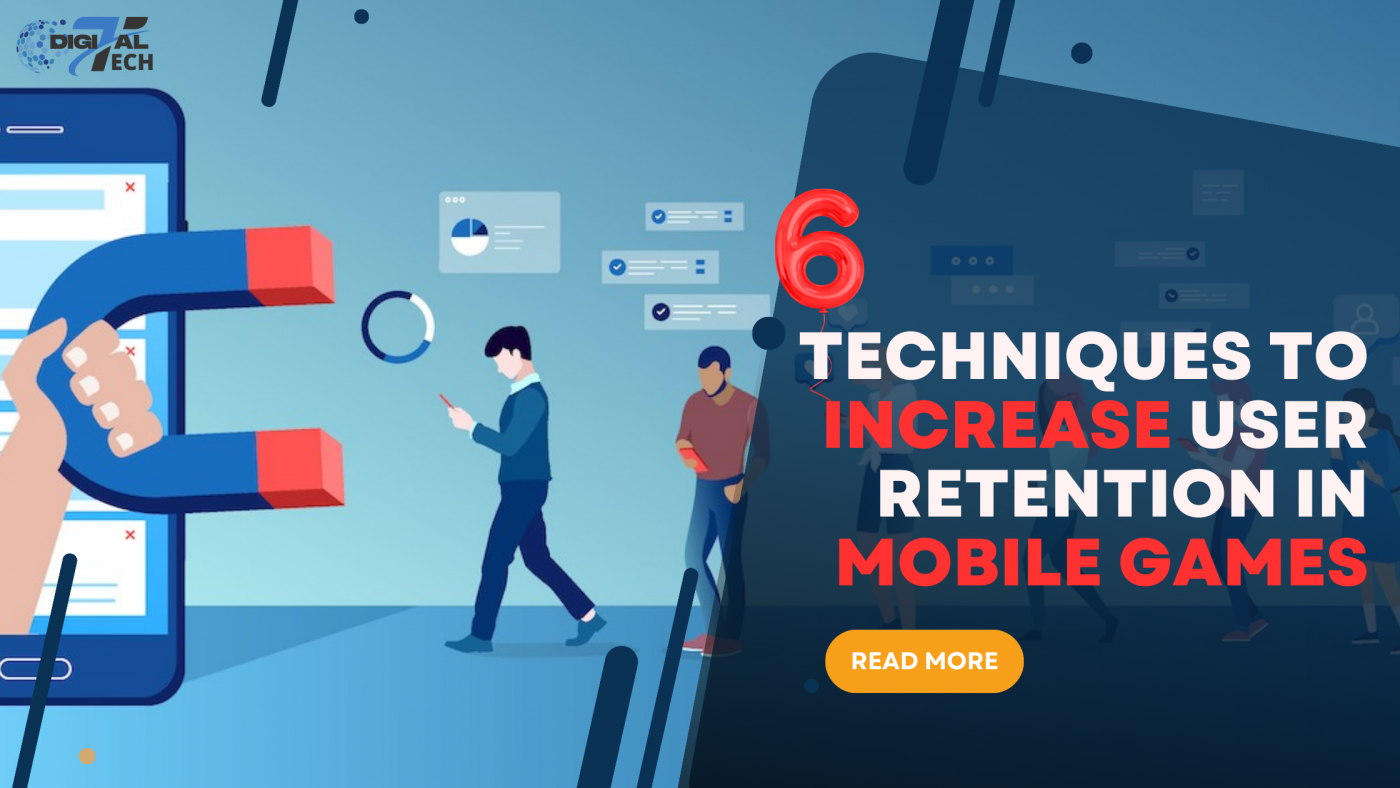In the competitive world of mobile gaming, acquiring new users is just as crucial to the success of your company as maintaining a high retention rate and keeping players who generate income within the game. In this piece, we examine how improving user acquisition tactics might raise revenue growth and retention rates for mobile games.
Getting new users is only one aspect of effective user acquisition; another is keeping them engaged and making money. The main strategies in this pursuit of a greater retention rate are influencer alliances, social media engagement, app store optimization (ASO), and targeted advertising.
In order to improve visibility and appeal in app store search results, app store optimization (ASO) entails refining app titles, descriptions, and images. Targeted advertising targets user segments most likely to interact with the game and make in-app purchases by using data-driven insights. Active participation on social media platforms encourages word-of-mouth recommendations, organic growth, and community interaction.
Through the strategic integration of these approaches, developers may increase retention rates, attract and keep revenue-generating customers, and secure long-term growth and profitability in the cutthroat world of mobile gaming.
1. What does it mean to get users for mobile games?
The systematic process of drawing, holding, and encouraging people to acquire and utilize mobile gaming applications falls under the umbrella of user acquisition for mobile games. In order to increase retention rate, this multidimensional project combines user engagement, retention, and marketing strategies that are specifically designed to take advantage of the distinctive features of the mobile gaming market.
The main objective of user acquisition is to increase installations and initial engagement in order to turn new users into “life-time” users, or gamers who can generate income. To do this, app developers and marketers use a range of strategiesm such as community building, influencer relationships, app store optimization (ASO), targeted advertising, and social media engagement.

What does it mean to get users for mobile games?
To increase exposure and place higher in app store search results, app store optimization (ASO) entails optimizing metadata for apps, including names, descriptions, and keywords. Targeted advertising makes use of data-driven insights to find and connect with specific audience categories via channels such as video, display, and social media ads. While social media engagement entails maintaining an active presence on sites like Facebook, Instagram, Twitter, and TikTok to engage with users and share content, influencer partnerships use the power and reach of well-known content creators to promote games to their audience and boost retention rates.
Developers can increase their chances of obtaining valuable users who not only download the app but also contribute to long-term engagement, retention, and monetization by putting into practice efficient user acquisition strategies catered to the preferences and behaviors of mobile gamers. This will help them achieve sustainable growth and success in the cutthroat market of user acquisition for mobile games.
2. Analysis of Users Who Generate Revenue and Retention Rate
It’s essential to examine retention rates and revenue-producing players in order to gauge how well your mobile game user acquisition is working. The percentage of players who stick with a game after it has been downloaded for a predetermined amount of time is known as the retention rate. It is a crucial indicator of a game’s stickiness and endurance, showing how well it can initially draw in and then hold on to players. In the world of mobile games, where user attention spans are short and competition is fierce, keeping players engaged is critical to long-term success and revenue generation.
Moreover, optimizing monetization potential and boosting profitability depend on recognizing and nurturing revenue-generating consumers, often known as high-value or VIP players. These players also tend to be more likely to engage with commercials, play premium features, and make in-app purchases, all of which greatly increase the game’s revenue stream.
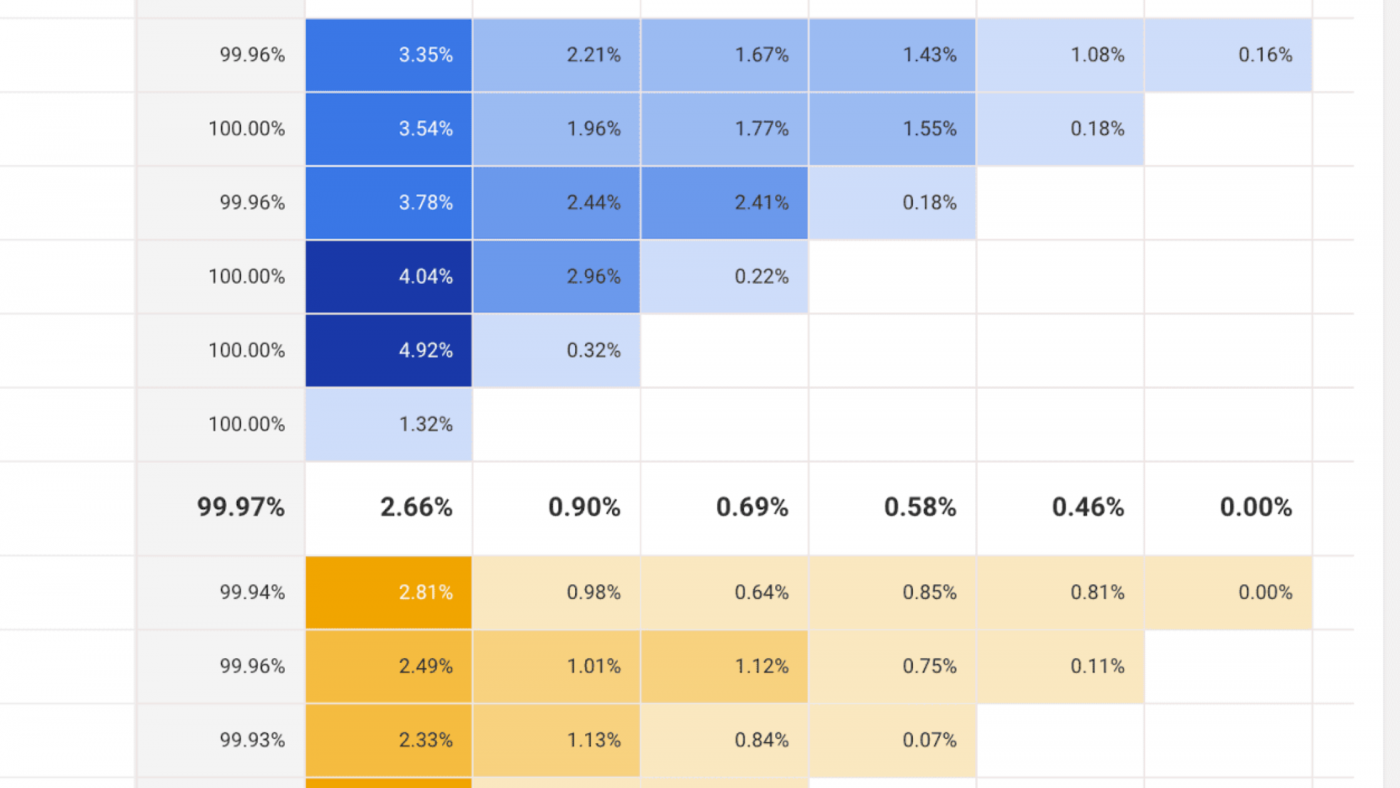
Analysis of Users Who Generate Revenue and Retention Rate
By performing a more thorough examination of retention rates and revenue-generating users, producers of mobile games can gain valuable insights into the efficacy of their user acquisition efforts and pinpoint opportunities for optimization. To better understand users’ choices and motivations, this research may involve segmenting consumers based on their buying patterns, demographics, psychographics, or engagement levels. With these insights and components at their disposal, mobile game creators can customize their user acquisition strategies to draw in and keep high-value players, optimizing return on investment and guaranteeing long-term success in the fiercely competitive user acquisition market.
3. Data on the retention rate of mobile games
In mobile game user acquisition, analyzing retention rate data is crucial. High retention rates indicate strong player engagement and potential for revenue through in-app purchases and ads. For instance, iOS typically retains 35% on day one, decreasing to 5% by day 30, while Android starts at 27% and drops to 2.6% over the same period.
Low retention rates may signal issues like bugs or gameplay problems, prompting developers to refine their strategies. Effective game development is key to improving retention and maximizing player lifetime value. Segmenting users based on demographics and behavior can further enhance retention strategies, ensuring sustained player engagement and long-term success in competitive user acquisition landscapes.
4. Techniques for improving user acquisition for mobile games in order to raise retention rates
In the dynamic realm of mobile gaming, developers looking to achieve long-term success must first understand user acquisition tactics to optimize retention rates. As we have previously stated in this article, retention—which is characterized as the capacity to maintain player engagement with a game for a lengthy amount of time—is essential for long-term revenue creation and profitability in the cutthroat world of mobile gaming.
To do this, a comprehensive strategy is needed, starting with creating customized onboarding experiences based on the interests and skill levels of each individual player. These early exchanges are important touchpoints because they create the foundation for sustained participation and encourage a feeling of ownership over the game’s environment. Through tutorials, adjustable difficulty settings, and customized greetings, developers may improve user experience right from the start, setting the stage for long-term player retention.
A methodical approach to maximizing user acquisition for mobile games that promote a greater rate of retention:
1. Customized Onboarding Process
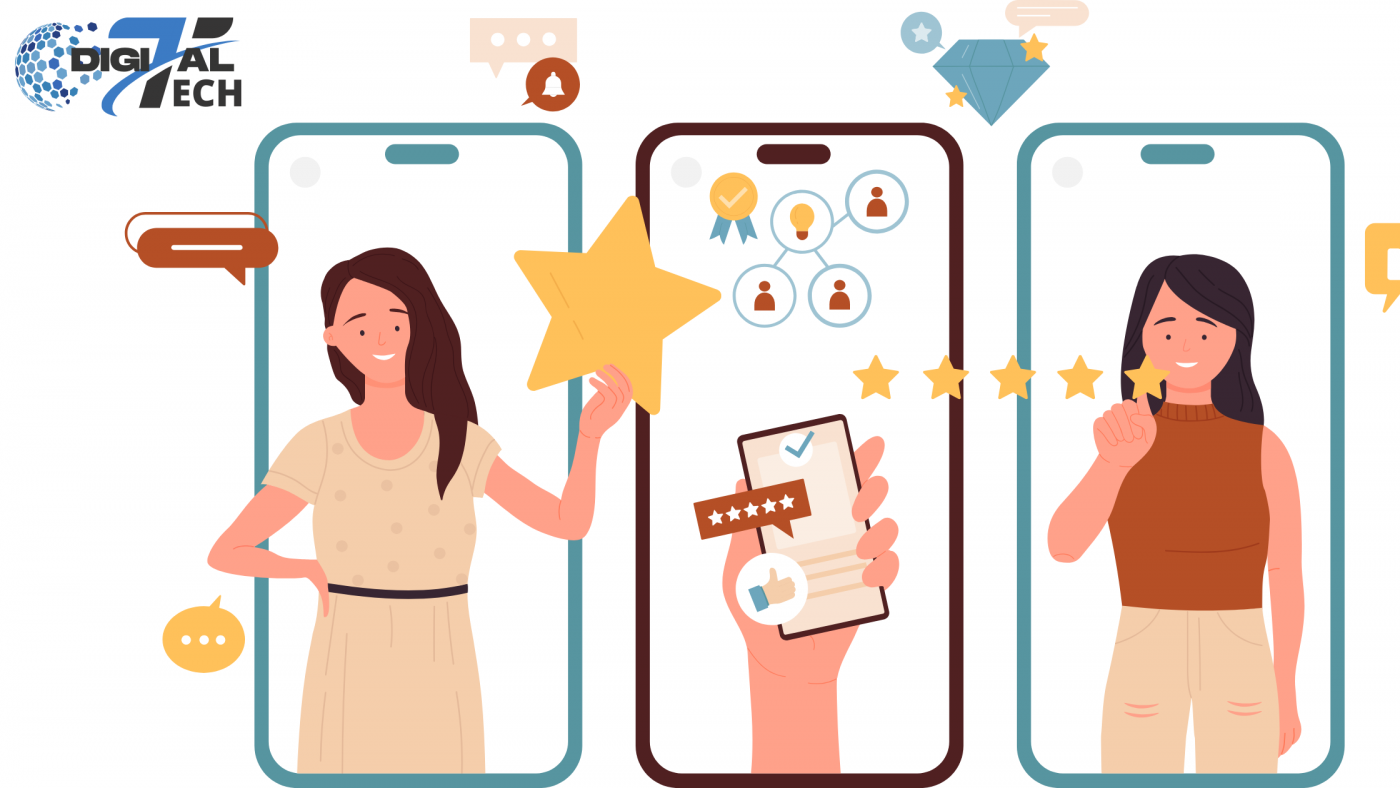
Customized Onboarding Process
Since the onboarding process is the player’s initial interaction with the game, it’s an important chance to establish the foundation for sustained engagement. Developers can enhance the probability of retention by tailoring the onboarding process according to player preferences, skill levels, and past interactions. To help gamers feel important and involved right away, this may include personalized welcome messages, variable difficulty settings, and guided tutorials.
2. Optimized for the App Store (ASO)
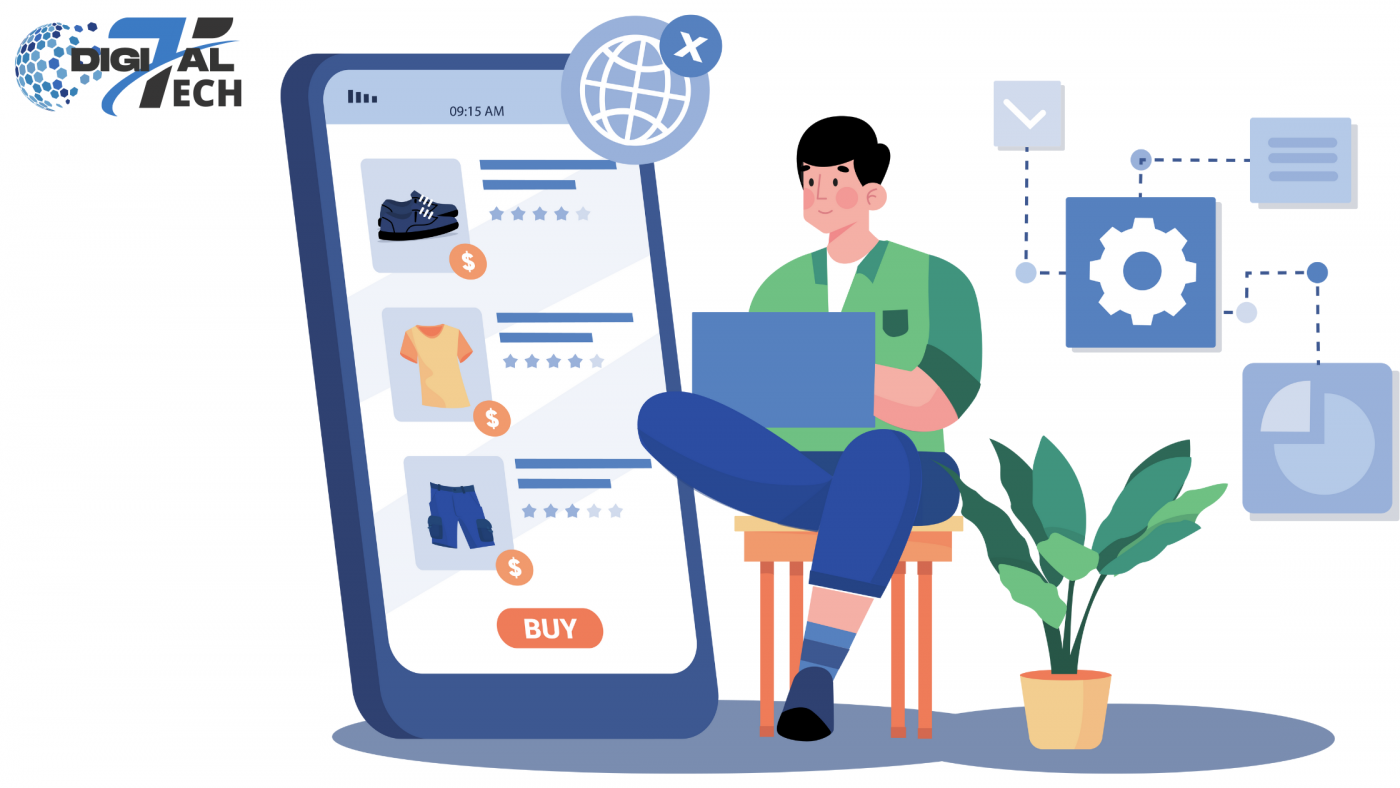
Optimized for the App Store (ASO)
One of the most important factors in getting people to download a game is app store optimization (ASO). But optimizing for retention entails more than just making your app more visible; it also entails creating attractive pictures, descriptions, and previews that effectively communicate the value proposition of your game and entice users to download it. Developers can draw in players who are more likely to stick with their game over time by establishing clear expectations and tailoring messages to players’ interests and preferences.
3. Data-Driven Targeting
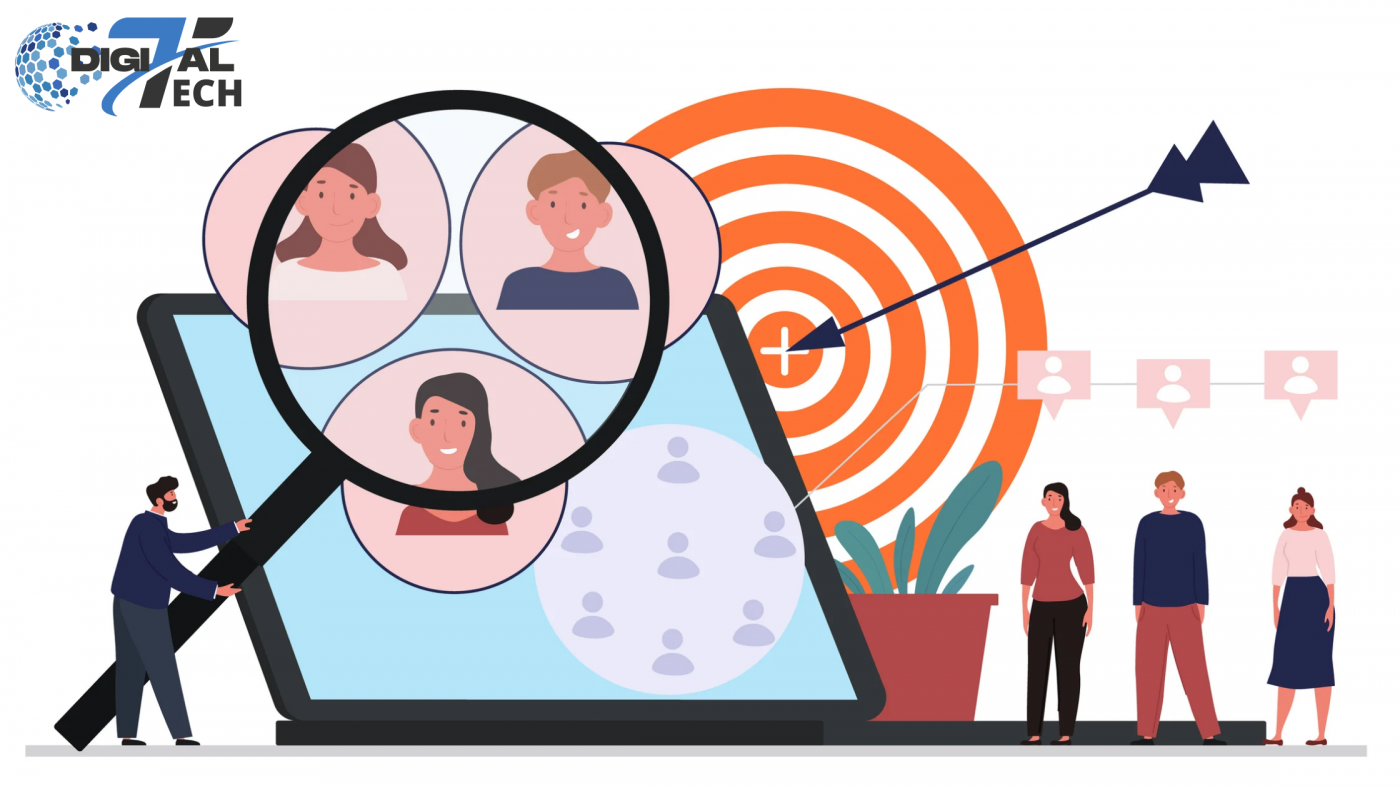
Data-Driven Targeting
Optimizing user acquisition for retention requires utilizing data analytics to pinpoint and identify high-value user segments. Developers can target their marketing efforts to players who are most likely to find the game enjoyable and stick around by examining user behavior, demographics, and engagement patterns. This can entail dividing up the user base according to things like spending patterns, preferred games, or social media connections, then sending them incentives and tailored messages to keep them engaged.
4. Engagement-driven Ad Campaigns

Engagement-driven Ad Campaigns
While advertising is a common tactic for acquiring users, optimizing ad campaigns for retention requires a different approach. Instead of focusing solely on driving installs, developers should prioritize engaging users with relevant and compelling creatives that highlight the game’s key features and rewards. By showcasing gameplay footage or testimonials, developers can attract users who are genuinely interested in the game and are more likely to stay engaged over time.
5. Influencer Partnerships for Long-term Impact

Influencer Partnerships for Long-term Impact
In 2024, partnering with influencers and content producers can be a potent user acquisition tactic for mobile games; however, the real benefit of this approach is in encouraging sustained engagement and retention. Developers can use influencer partnerships to generate not just installs but also long-term engagement and participation by collaborating with people who align with the game’s ideals and appeal to its target demographic. This can be continuing alliances, joint ventures for unique content, or neighborhood gatherings that sustain players’ interest and bond with the game over time.
6. Social Features and Community Building
Building a lively and involved community surrounding the game is crucial to long-term player retention. Developers can facilitate player interaction and cooperation by incorporating social features like leaderboards, multiplayer modes, and in-game chat. Additionally, by actively participating in the community via forums, social media, and live events, creators may get input, resolve issues, and create bonds with players that will keep them interested in the game for a long time.

Social Features and Community Building
In conclusion, in the highly competitive world of mobile game user acquisition, refining user acquisition tactics to raise retention rates is a crucial first step toward long-term success and financial gain.
The quest to optimize user acquisition for retention rate is still a continuous adventure with plenty of room for innovation and improvement as the mobile gaming market continues to change.

